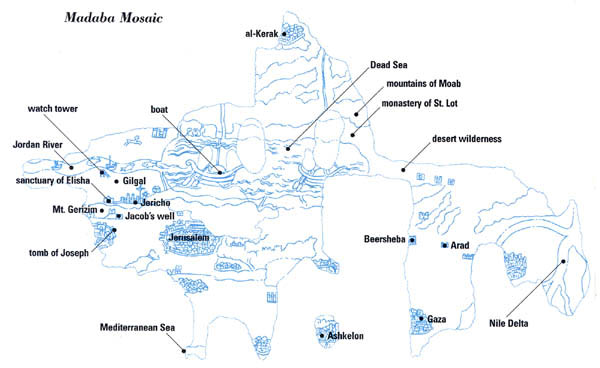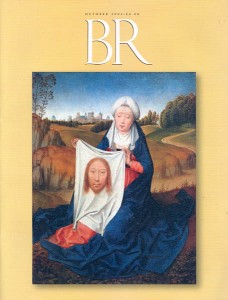Christian and Jewish Views of the Holy Land
Visiting sacred sites vs. working the land

The famous mosaic map in a church in Madaba, Jordan, and the not-so-famous mosaic inscription from an ancient synagogue near Tel Rehov, in Israel’s Beth-Shean Valley, reflect two very different views of sacred geography. In Christianity, the Holy Land is perceived as the totality of holy sites sanctified by saints and revelation. In Judaism, the Holy Land is seen as a distinct geographical area in which specific religious laws (halakhot) applicable only to that land are to be observed.


In truth, the archaeological remains reflecting these two very different views—namely, the Madaba map and the Rehov inscription—share a great deal: Both are mosaics. Both were located on the floors of houses of worship. Both date to the end of the Byzantine period in Palestine. Geographically, they were located only 55 miles apart, although on opposite sides of the Jordan River.
Already a library member? Log in here.
Institution user? Log in with your IP address.

